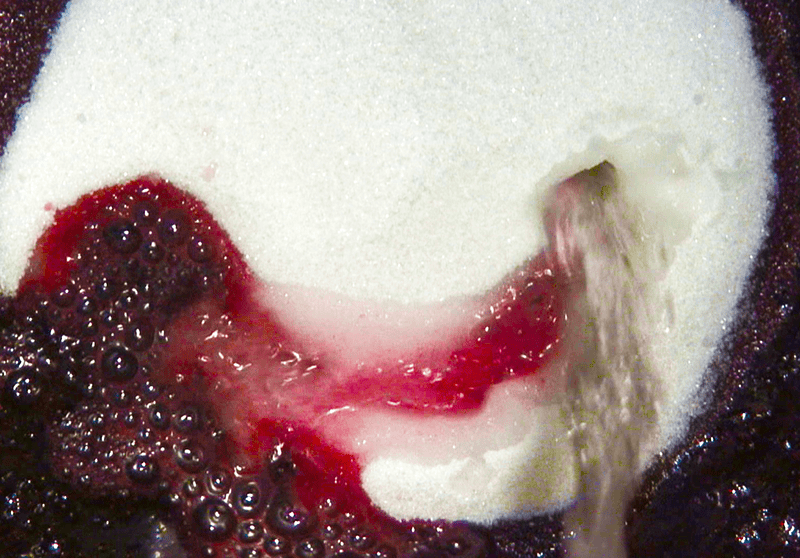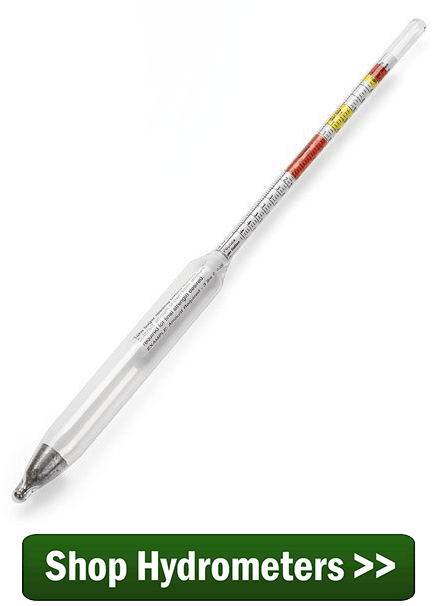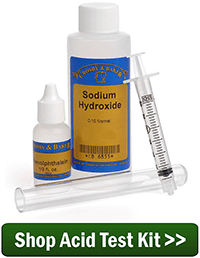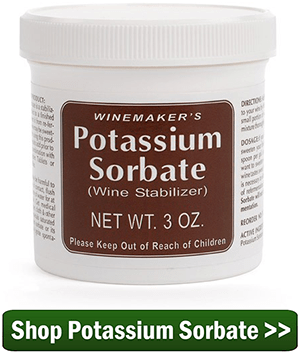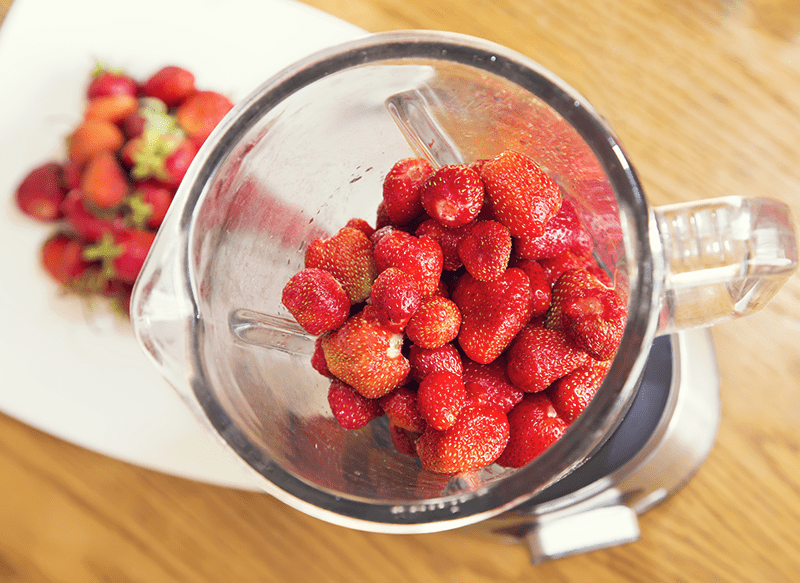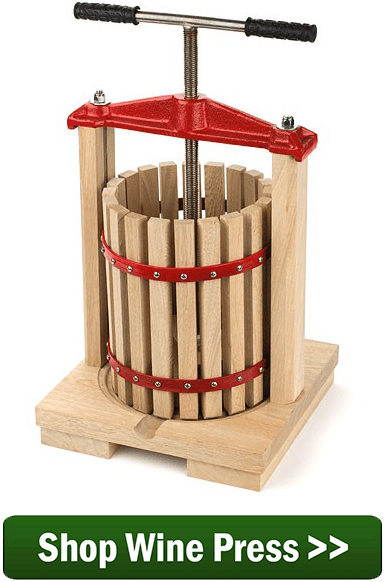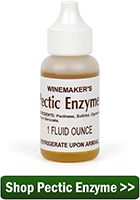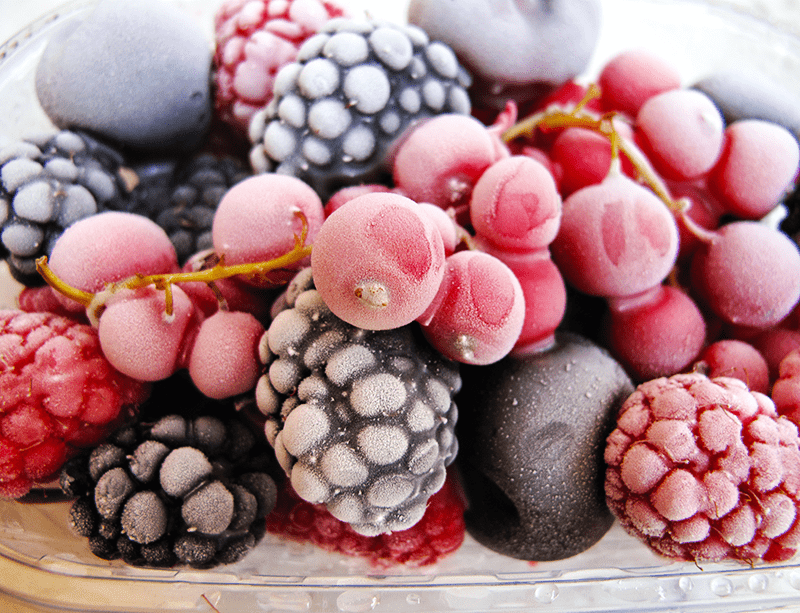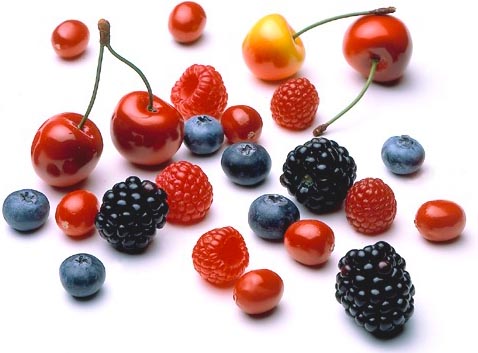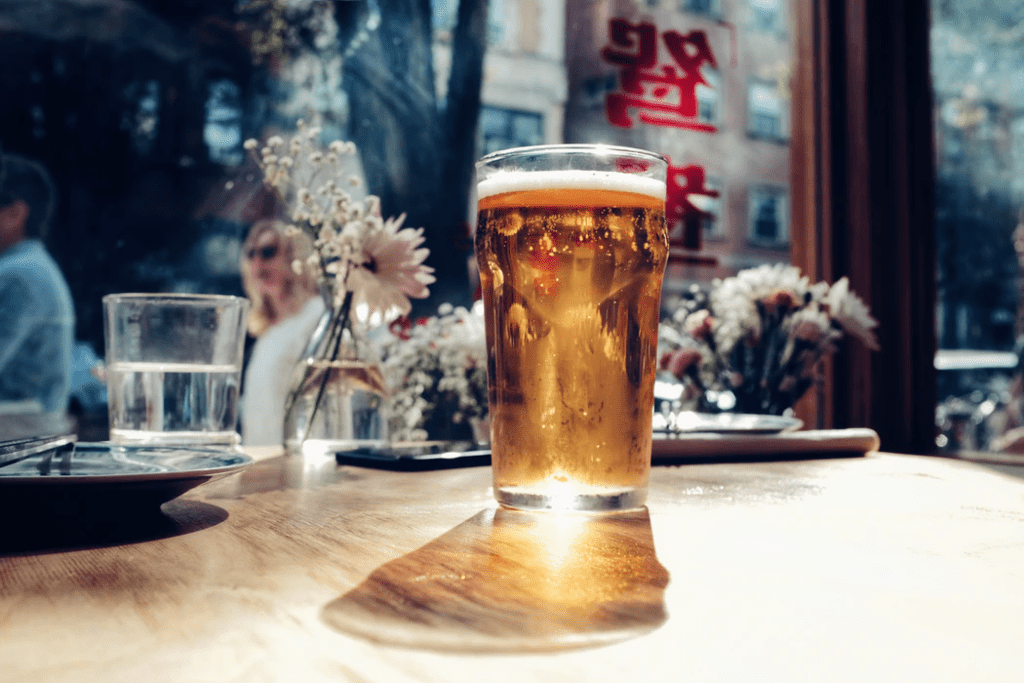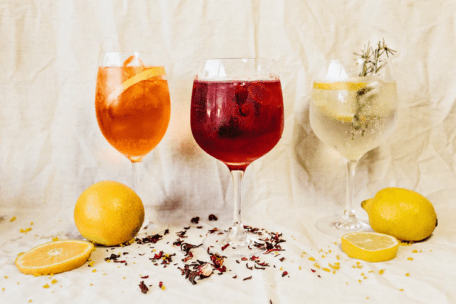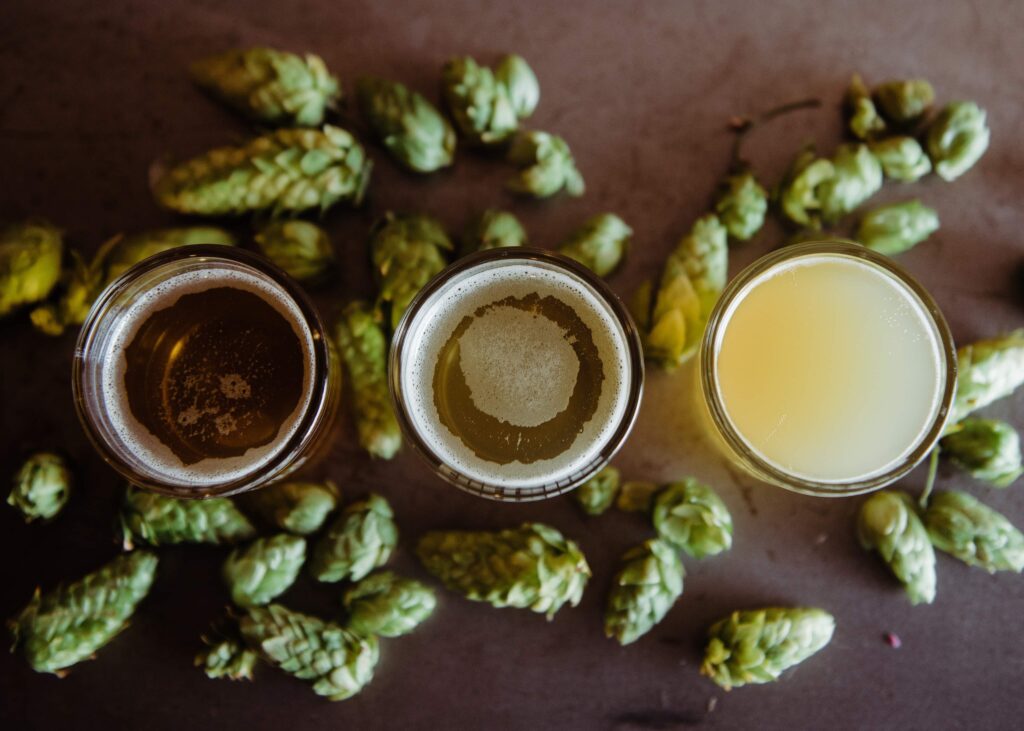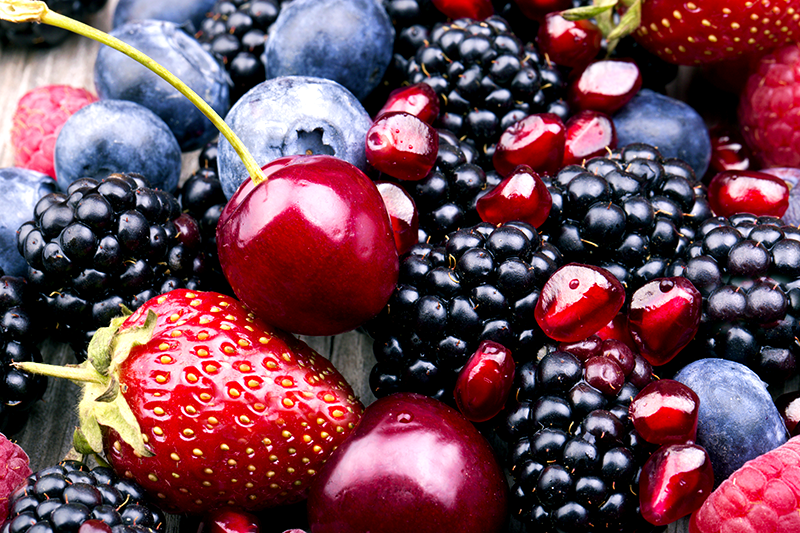 I am interested in blending a fruit wine with blackberries, blueberries and Concord grapes. Can you give me any input on a formula to use for 5 or 6 gallons. I’ve been ordering from Kraus for over 6 years and have had a lot of fun. Thank you for your input.
I am interested in blending a fruit wine with blackberries, blueberries and Concord grapes. Can you give me any input on a formula to use for 5 or 6 gallons. I’ve been ordering from Kraus for over 6 years and have had a lot of fun. Thank you for your input.
Name: Guy K.
State: PA
—–
Hello Guy,
This is a question we get from time to time, and one I don’t mind answering again because it’s such a fun subject. A big part of the enjoyment of making your own wine is the ability to experiment and play around a little bit.
Guy, there are two ways you can go about making blended fruit wines:
- The first is to make all the fruits into wines, separately. Then blend them together before bottling.
- The second way is to find a wine recipes for each of the fruits you want to blend. Then combine them together into one recipe that includes all the different fruits.
Making each fruit into a wine separately has some disadvantages. It’s more work. It’s a lot easier to make on 5 or 6 gallon batch than making three 2 gallon batches. You would be making three odd-sized batches. Not many home wine makers have the fermenters that are the right size for these smaller-sized batches.
But blending fruit wines together after they have been made separately has one big advantage. You can blend the three wines together in any ratio you like. This will allow you to optimize your wine’s flavor. You can decide at bottling time how much of each individual wine to use. A series of taste-testings can help in this respect. You may decide on a ratio of 20-50-30 instead of 33-33-33.
Making all three fruits together as one batch is a lot less work, but you are stuck with the ratio of fruit you used when starting your wine. Your wine will turn out either way, you’ll just have less control of the final product.
To make all three fruits together you need to have a wine recipe for each fruit. In your case, you need a blackberry wine recipe; a blueberry wine recipe; and a Concord wine recipe. Most of the wine recipes you’ll run across will be for 5 gallons. You could throw everything called for into one big fermenter and make a 15 gallon batch. Or, you could use one third of each wine recipe to make a 5 gallon recipe.
Cutting the batches down in size is a fairly straight-forward thing to accomplish. If you have three 5 gallon wine recipes, just use 1/3 of each ingredient called for in each of the three wine recipe to make a new 5 gallon wine recipe. It’s as simple as that.
If more than one type of wine yeast is recommend among the three wine recipes, just pick one and go with it. Do not try blending wine yeast.
Regardless of which method you choose for blending fruit wines, the most important thing is to have fun. Having blind taste-testings with friends to help you figure out your blending ratio can be a blast. Or, come up with your own exotic blend of fruits that makes a punch of a wine — one you call your own. Either way making blended fruit wines is a blast.
Happy Winemaking,
Ed Kraus
—–
Ed Kraus is a 3rd generation home brewer/winemaker and has been an owner of E. C. Kraus since 1999. He has been helping individuals make better wine and beer for over 25 years.

